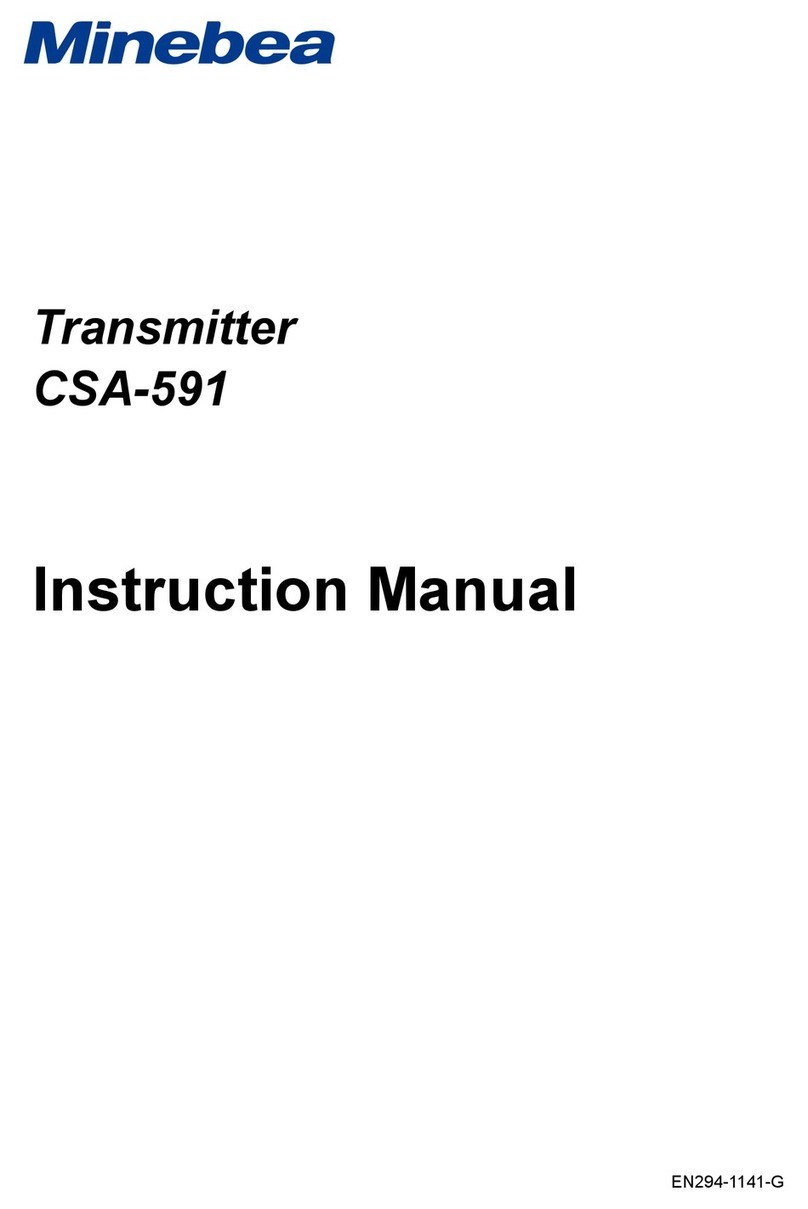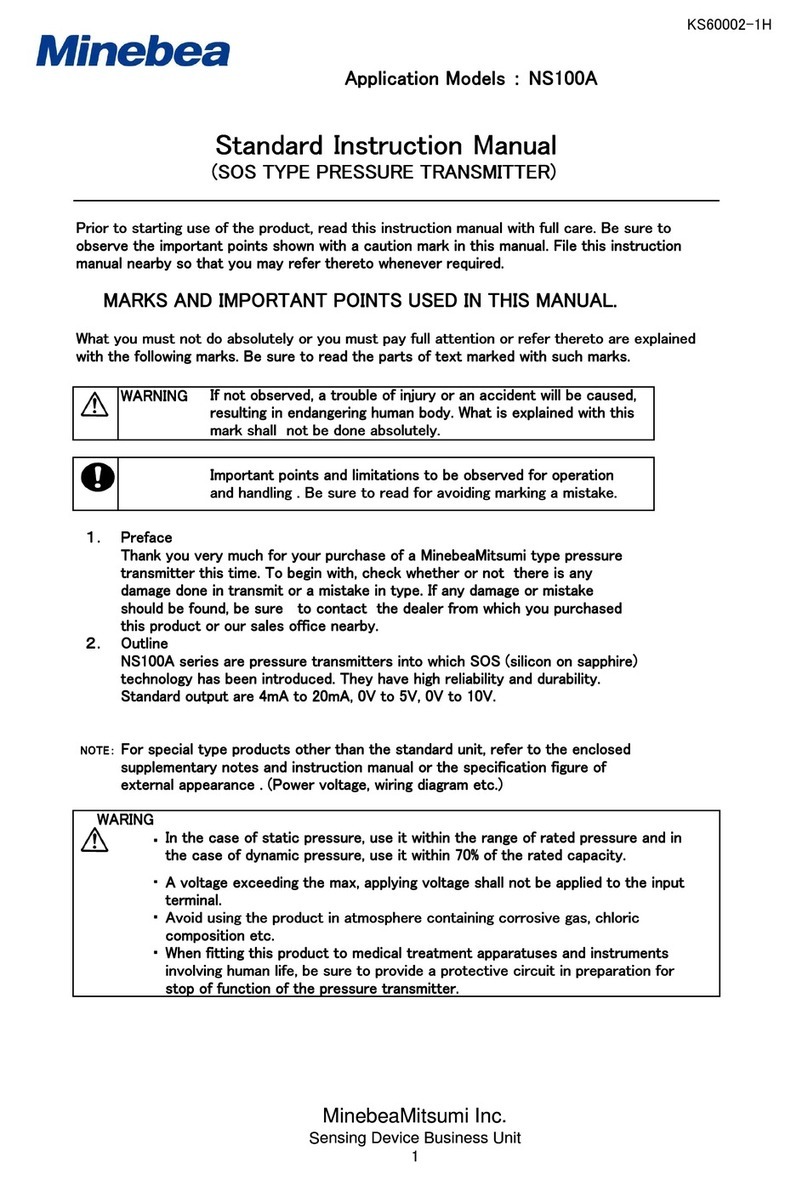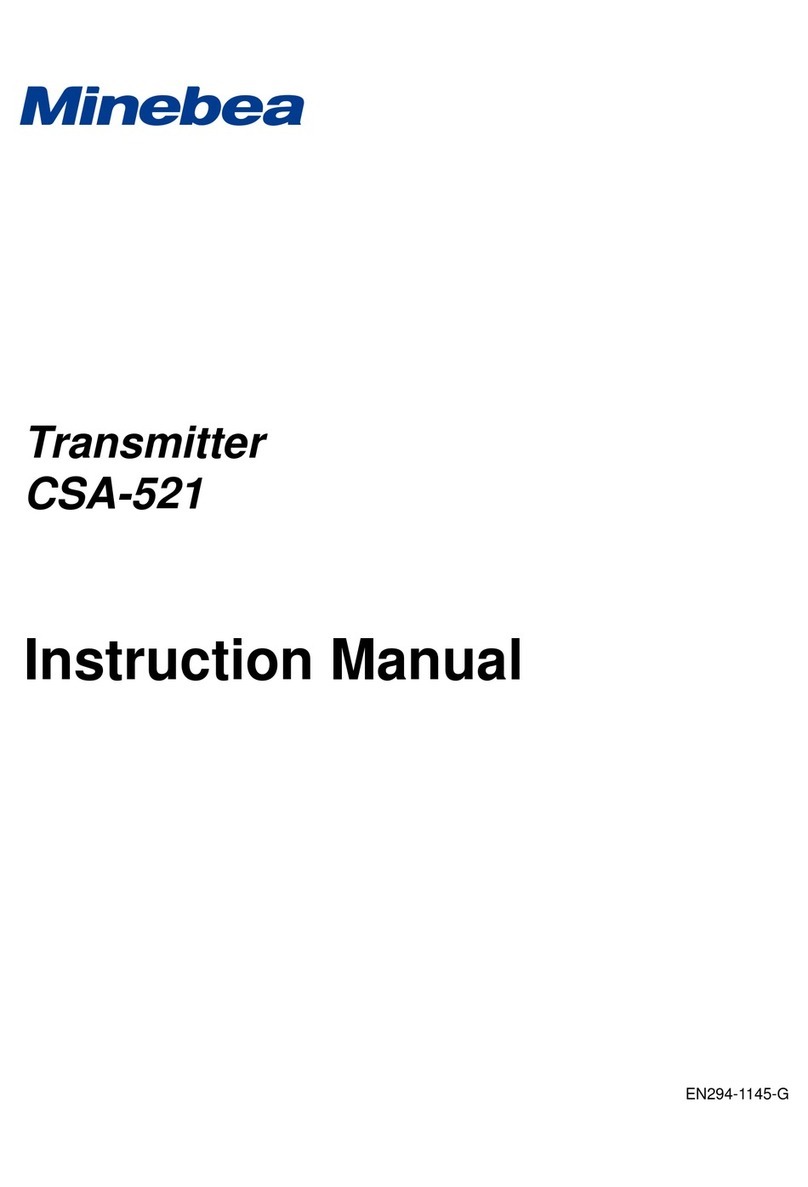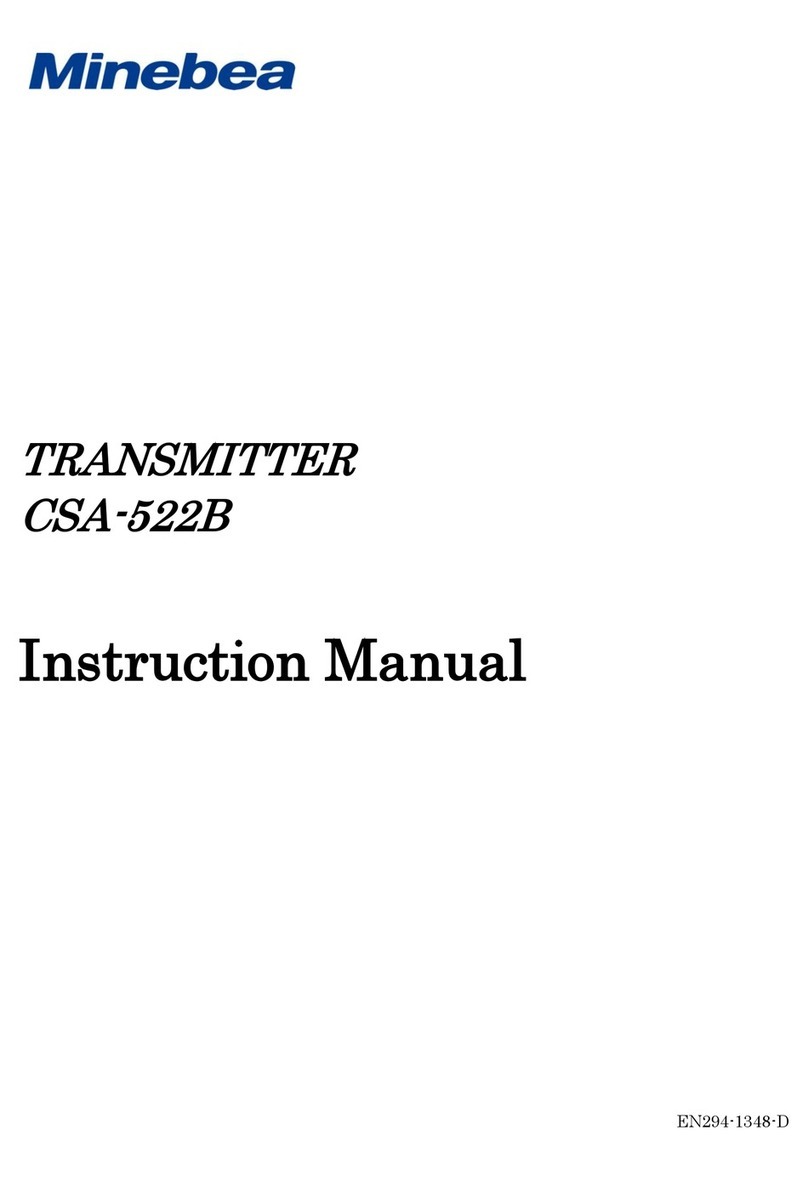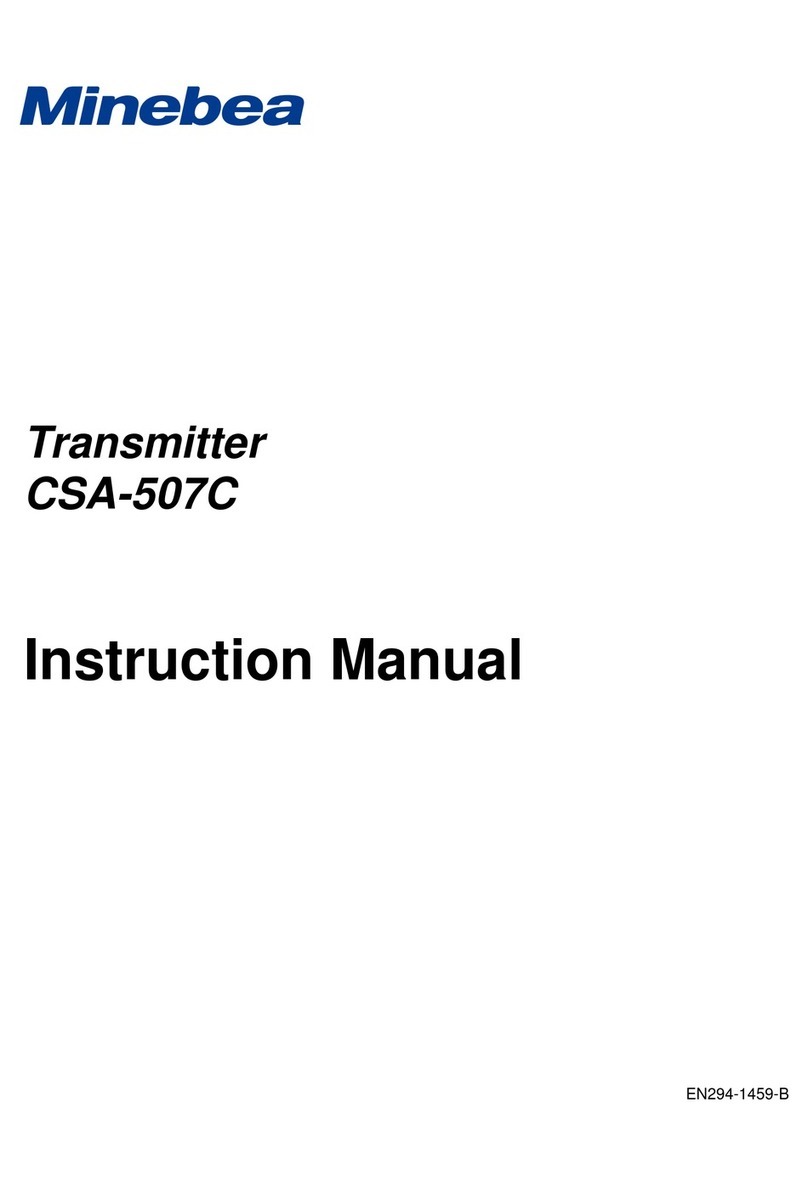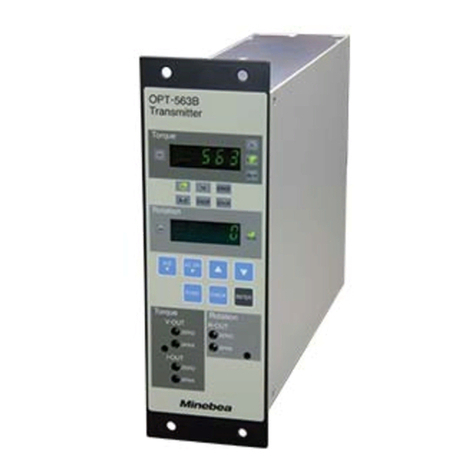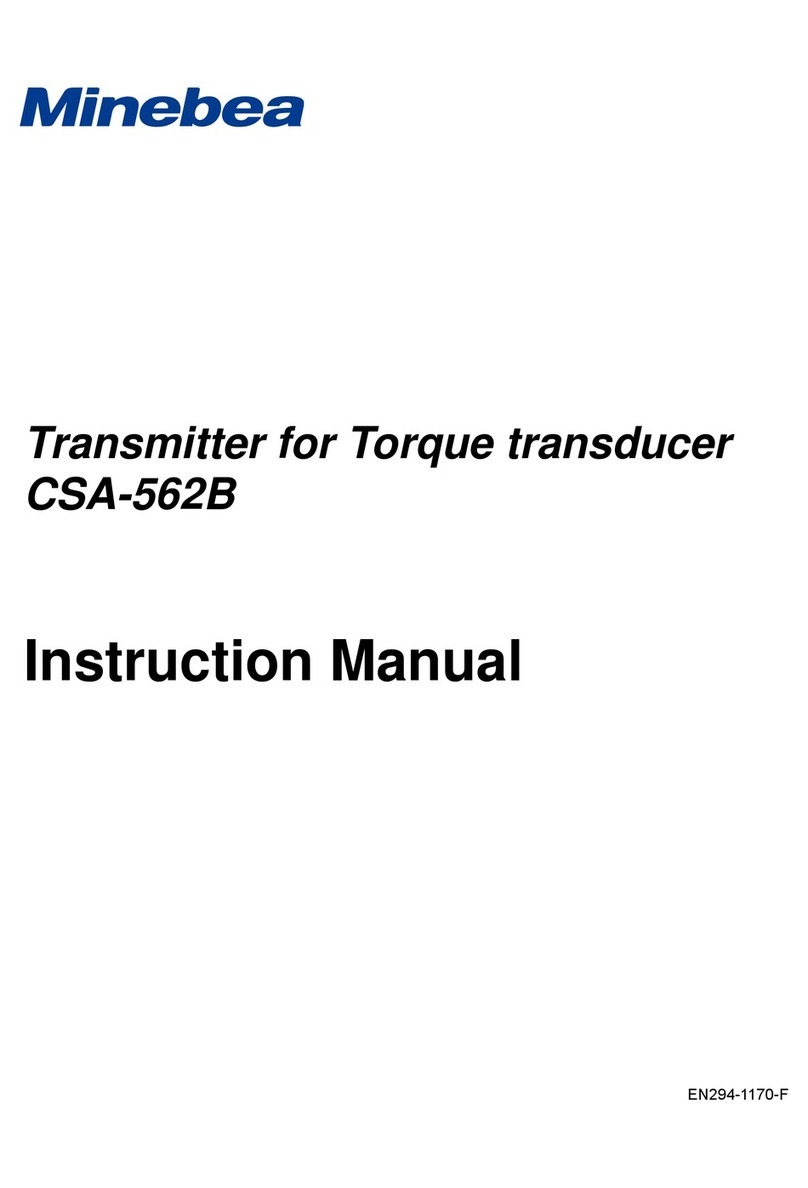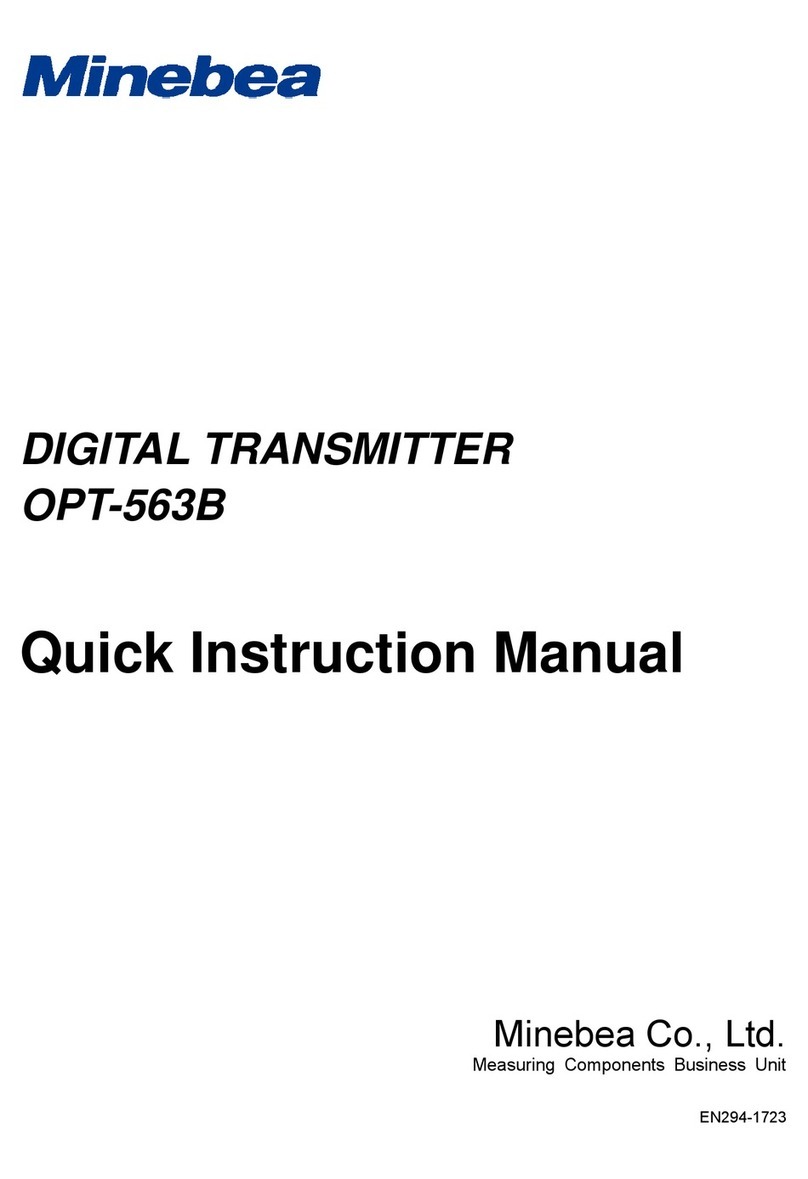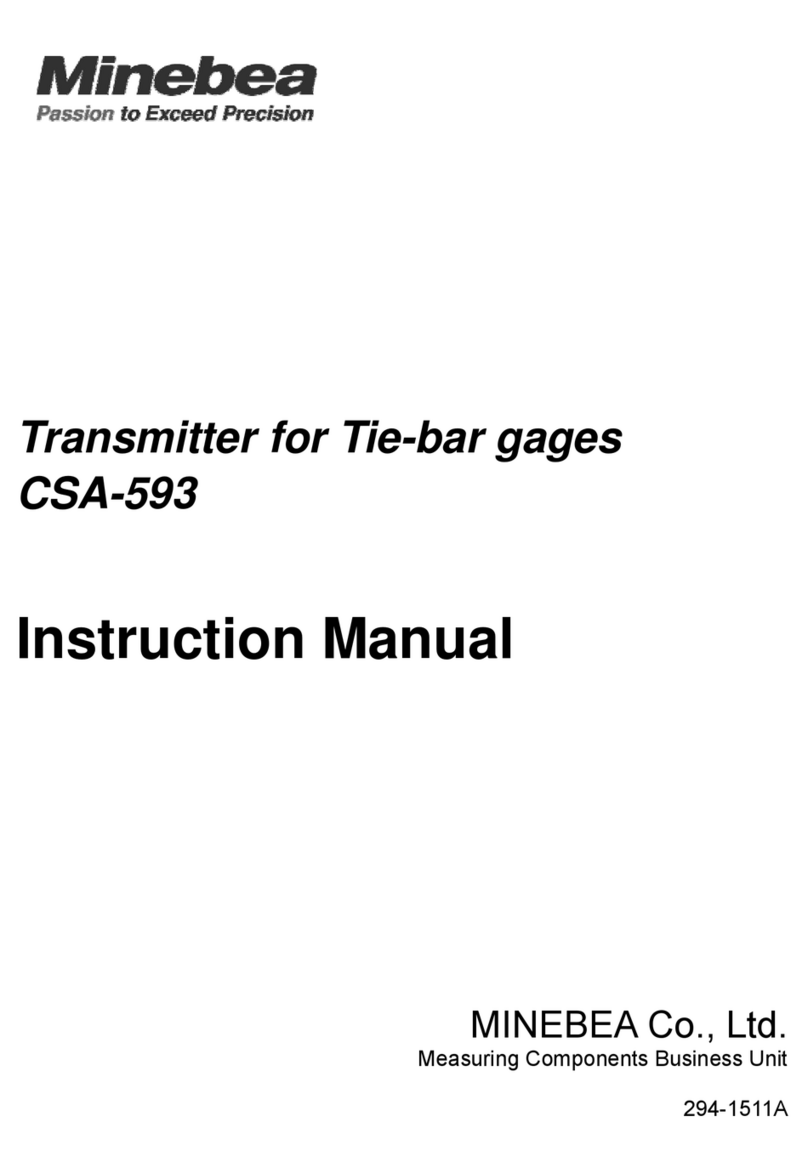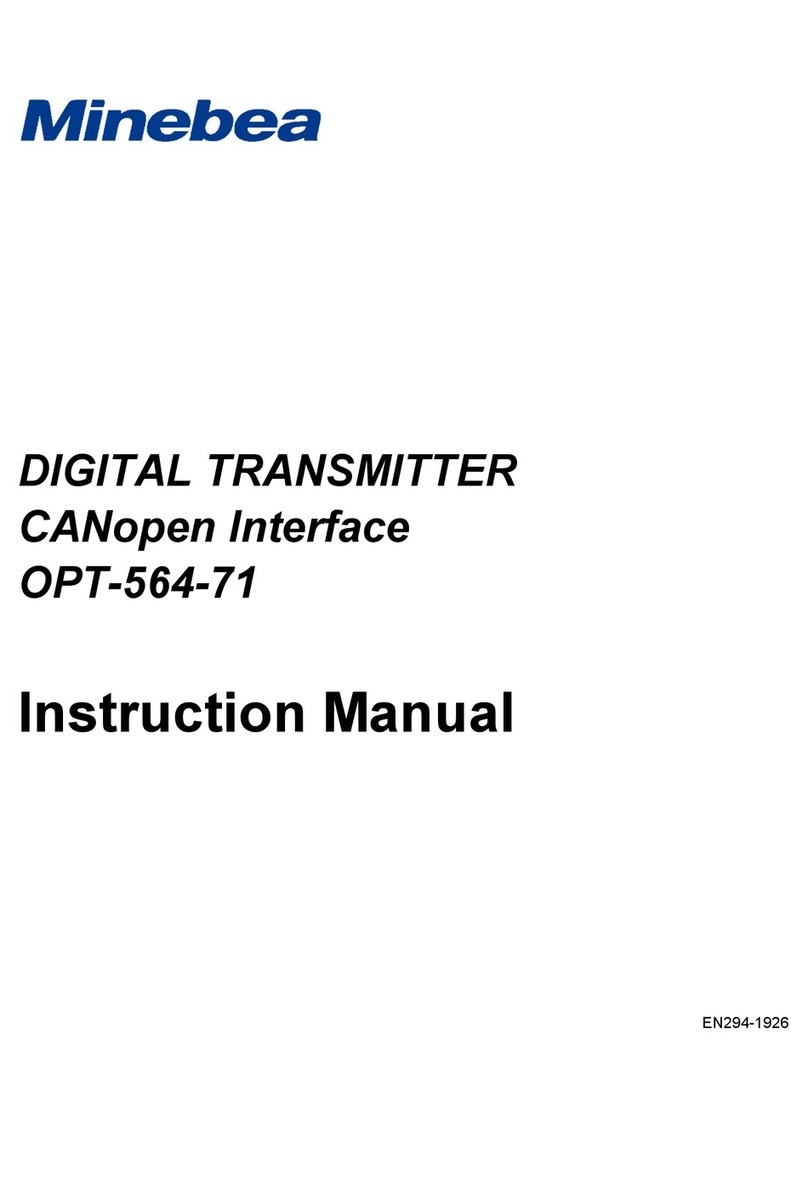
CONTENTS
FORWARDS ...............................................................................................................................................................................I
FOR SAFE OPERATION..........................................................................................................................................................II
1.
INSTALLATION PLACE..........................................................................................................................................................II
1. POWER SUPPLY.........................................................................................................................................................................................IV
2. APPLICATION NOTE ..................................................................................................................................................................................IV
RECORD OF REVISION......................................................................................................................................................... V
1. EACH NAME AND FUNCTION................................................................................................................................................1
2. CONNECTION...........................................................................................................................................................................3
2-1. A LAYOUT OF TERMINAL BOARD............................................................................................................................................................3
2-2. NOTES RELATED WITH CONNECTION......................................................................................................................................................4
2-3. CONNECTION WITH THE STRAIN GAGE APPLIED VECTOR SENSOR CONNECTION WITH THE STRAIN GAGE APPLIED
VECTOR SENSOR......................................................................................................................................................................................4
2-4. CONNECTION WITH POWER SUPPLY AND THE EARTH...........................................................................................................................5
2-5. CONNECTION WITH ANALOG OUTPUT ....................................................................................................................................................6
3. CALIBRATION...........................................................................................................................................................................7
3-1. CALIBRATION METHOD ............................................................................................................................................................................7
3-2. CALIBRATION PROCEDURES ...................................................................................................................................................................8
4. FUNCTION AND OPERATION............................................................................................................................................. 11
4-1. RANGE OF ZERO ADJUSTMENT.......................................................................................................................................................... 11
4-2. RANGE OF GAIN ADJUSTMENT........................................................................................................................................................... 11
4-3. CALIB VALUE ....................................................................................................................................................................................... 11
4-4. RESPONSE FREQUENCY........................................................................................................................................................................ 11
4-5. BRIDGE POWER SUPPLY VOLTAGE ...................................................................................................................................................... 11
5. TROUBLE-SHOOTING......................................................................................................................................................... 12
6. SPECIFICATIONS.................................................................................................................................................................. 18
6-1. SPECIFICATIONS.................................................................................................................................................................................... 18
6-2. GENERAL SPECIFICATIONS................................................................................................................................................................... 18
6-3. ACCESSORIES........................................................................................................................................................................................ 18
6-4. SPECIFICATIONS FOR STANDARD SHIPMENT ..................................................................................................................................... 18
7. WARRANTY............................................................................................................................................................................ 19
7-1. WARRANTY............................................................................................................................................................................................. 19
7-2. REPAIR ................................................................................................................................................................................................... 19
